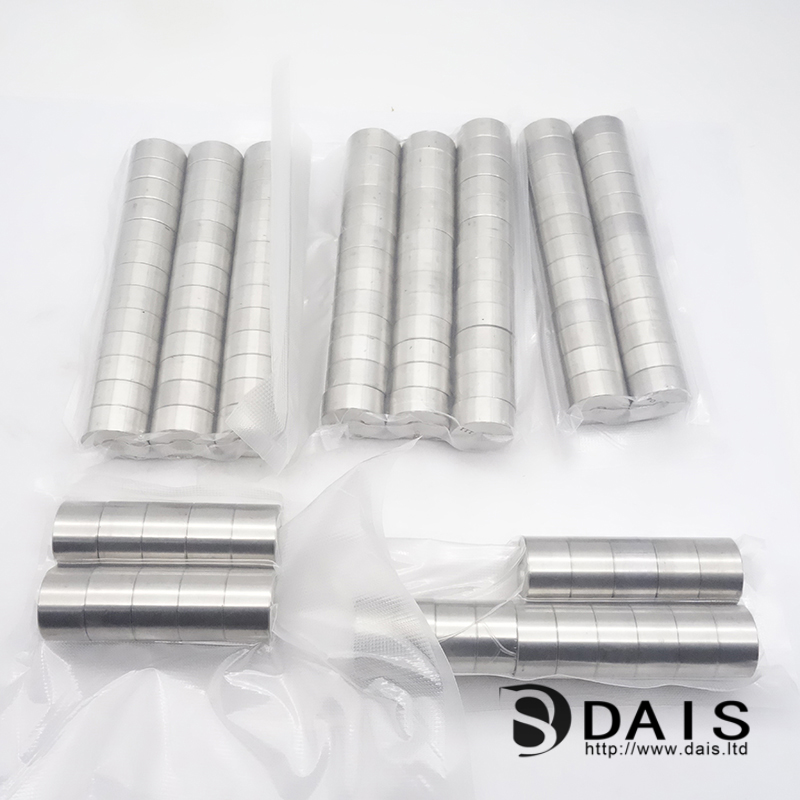Search

ADD:Building 123, Phase 3, Enterprise Base, No. 1 Lianhua Street, High-tech Industrial Development Zone, Zhengzhou, Henan, China
MOB.: +86-15517518512
MOB.: +86-15515520695
E-MAIL: admin@dais.ltd

All drawing dies have a hole of a certain shape in the center, round, square, octagonal or other special shapes. When the metal is pulled through the die hole, the size becomes smaller and even the shape changes.
After the wire drawing die is installed and debugged, qualified workpieces can be produced normally. This process is called the service of the die. In general, we always hope that the mold can have a long enough service life to meet the actual needs of production.
However, the mold may have some defects during the manufacturing process, or some defects may gradually appear during the service process, such as microcracks, slight wear, deformation, etc. Under this condition, the mold can continue to work although there are hidden dangers This state of being defective but not losing service capability is called mold damage.
The drawing die is damaged for some reason, or the damage of the die is accumulated to a certain extent, which causes the die to be damaged and cannot continue to serve, which is called die failure. In production, when the main working parts of the mold are damaged and no qualified workpiece can be punched out, the mold is considered to be invalid. The failure modes of stamping dies are generally plastic deformation, wear, fracture or cracking, metal fatigue and corrosion, etc.
According to the time of occurrence, the failure of the drawing die can be roughly divided into two categories: normal failure and early failure.
After a large amount of production and use, the drawing die is naturally worn due to friction or slowly produces plastic deformation and fatigue cracks. Failure after reaching the normal service life is a normal phenomenon and is a normal failure. The mold has not reached the specified period of design and use, and it will cause early damage such as chipping, chipping, and breakage; or it cannot continue to serve due to severe local wear and plastic deformation, which is an early failure. For molds that fail early, the cause must be found and remedial measures must be taken.